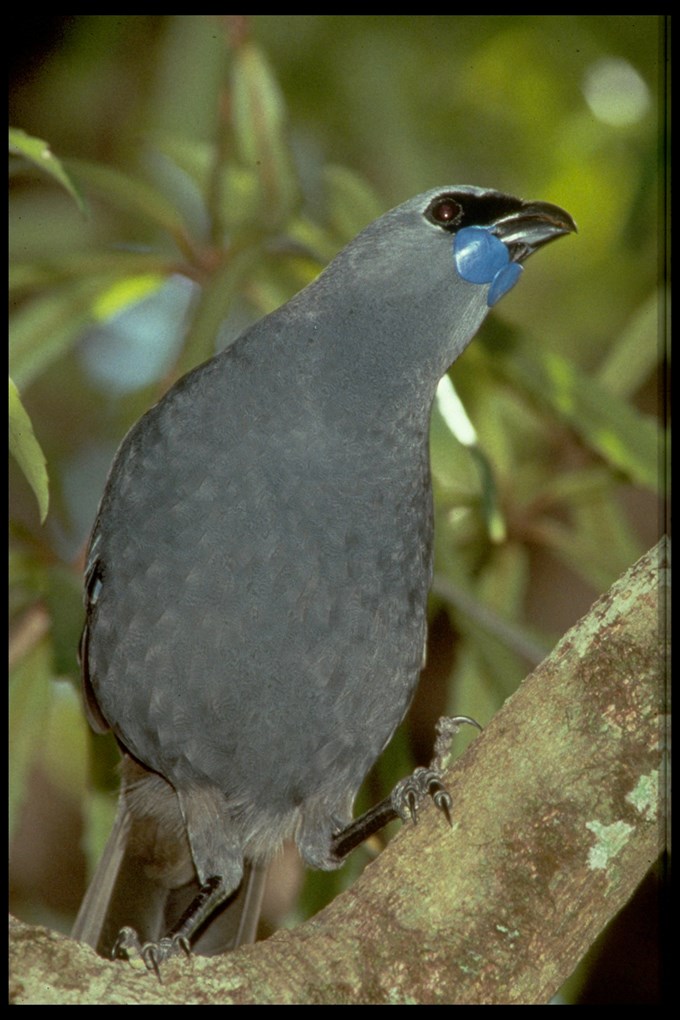Auckland Council rangers swooped to the rescue of a juvenile kōkako at the weekend.
The bird turned up several weeks ago in the Cossey Dam area in the Hunua Ranges, an area outside the Kōkako Management Area (KMA).
What makes it a “bird of interest”?
Not only was it living in an area kōkako has not been seen in recent history, it was hopping more like a kangaroo than flying like a bird!
“We’d been alerted last week of its existence by members of the public walking the tracks,” says Senior Park Ranger Miranda Bennett.
“There were numerous sightings and reports of an injured bird; a kōkako was hopping about and spending an unhealthy amount of time on the ground putting itself at risk from predators. Pest control is carried out in this area although it is not as intensively managed as the Kokako Management Area; feral cats and mustelids could easily have seen the injured bird as easy prey.”
“Hoppy” as he/she is now fondly referred to, needed medical attention and a team of Council and Department of Conservation rangers and kōkako specialists set about on a rescue mission to capture the bird last weekend. Saturday was not a successful day but early Sunday morning “Hoppy” was located roadside feeding on daisy and dandelion flowers.”
“It was a lengthy job requiring patience and delicate movements to shepherd “Hoppy” into the net. We also had to navigate disruptions from runners and dog walkers but eventually we had a “bird in the net,” chuckles Miranda.
“Our rangers do such an amazing job, working hard to protect our native species. Auckland Council has persevered with the kōkako breeding programme out in the ranges and keeping each one of them safe is important,” says Councillor Richard Hills, Chair of the Environment and Climate Change Committee.
“Hoppy” was weighed in the field and found to be significantly underweight with no obvious external injuries. “Hoppy” is now with a vet team to determine the cause of the injuries. A course of action will be decided on once the nature of those injuries is known, and the health of the bird determined.


